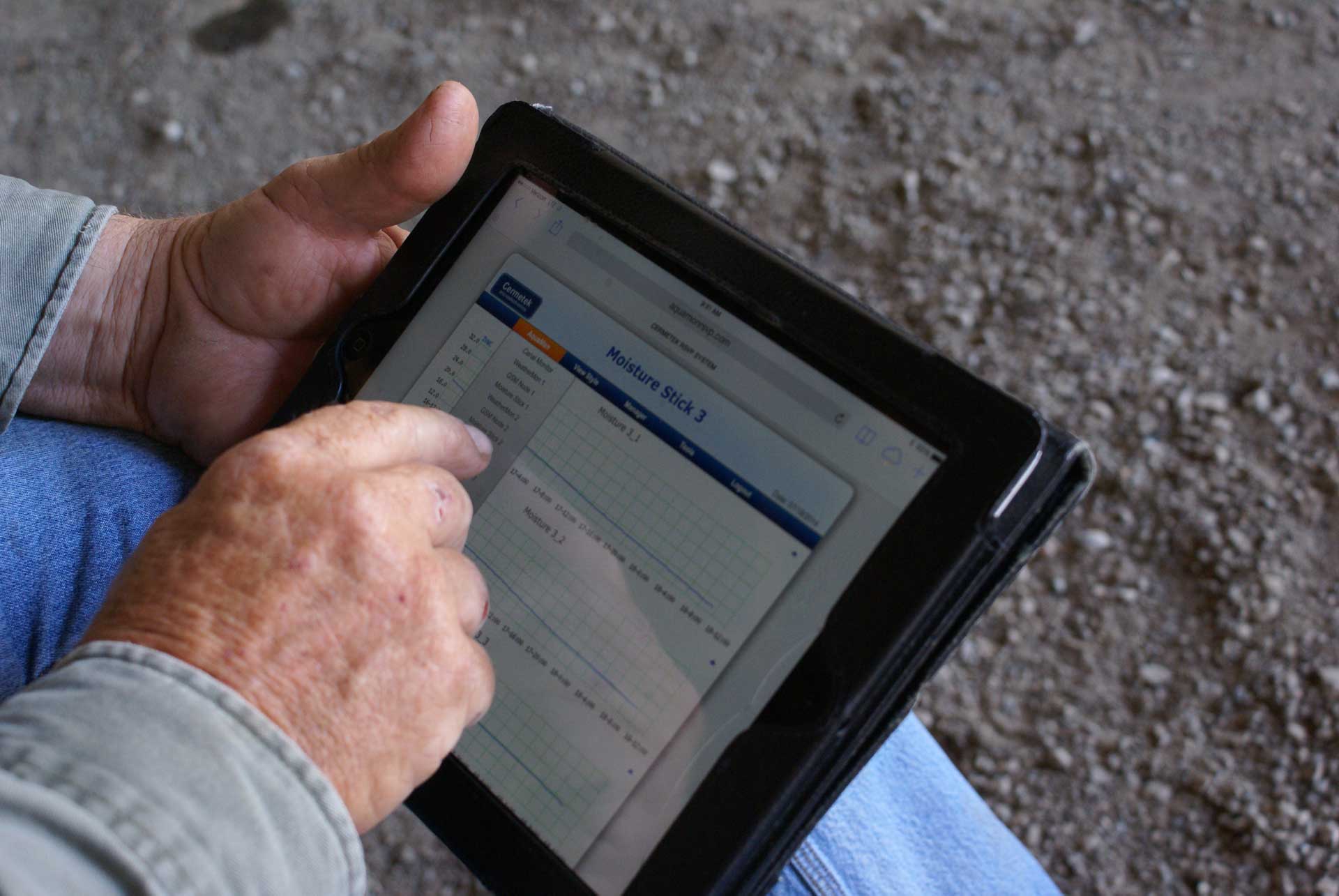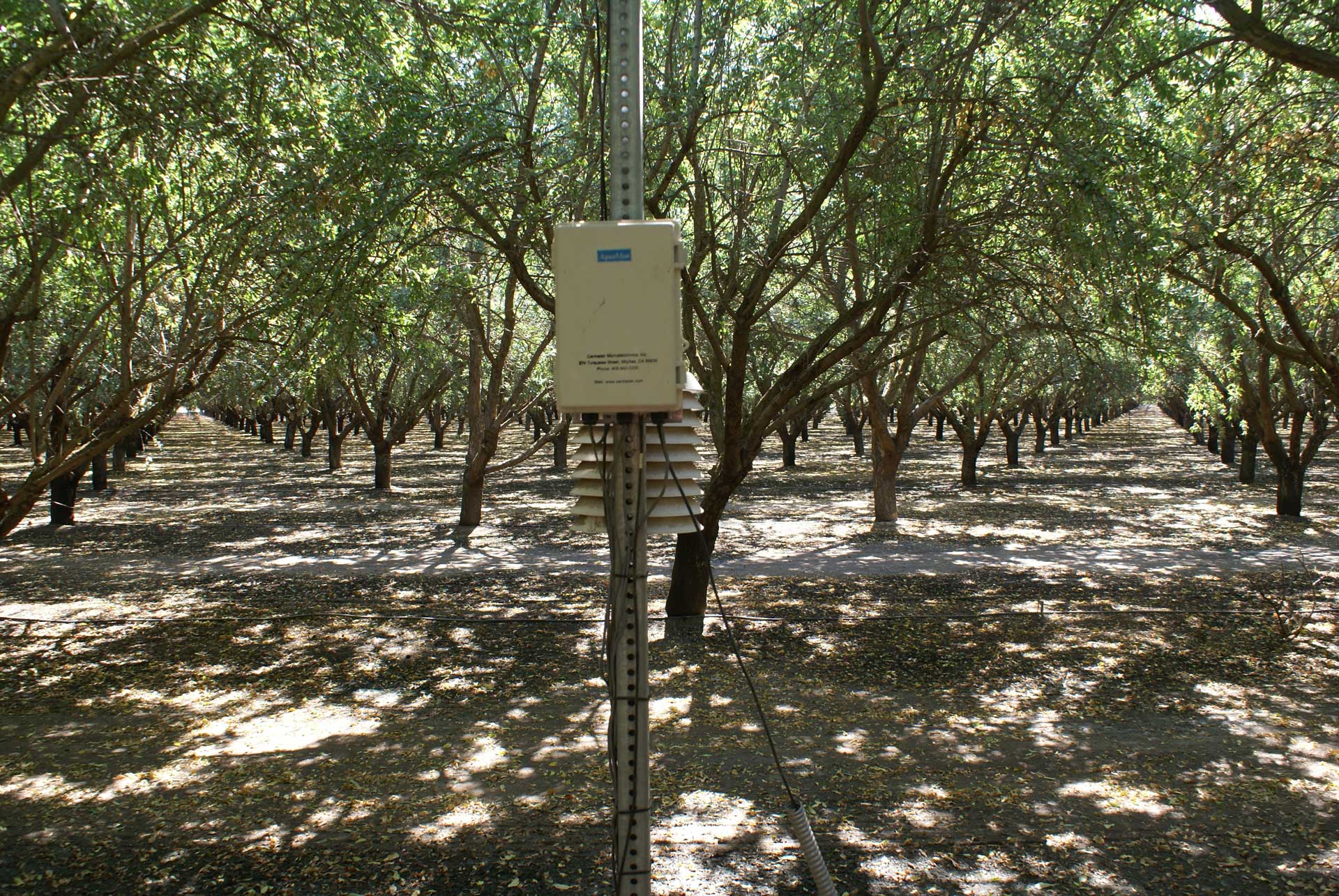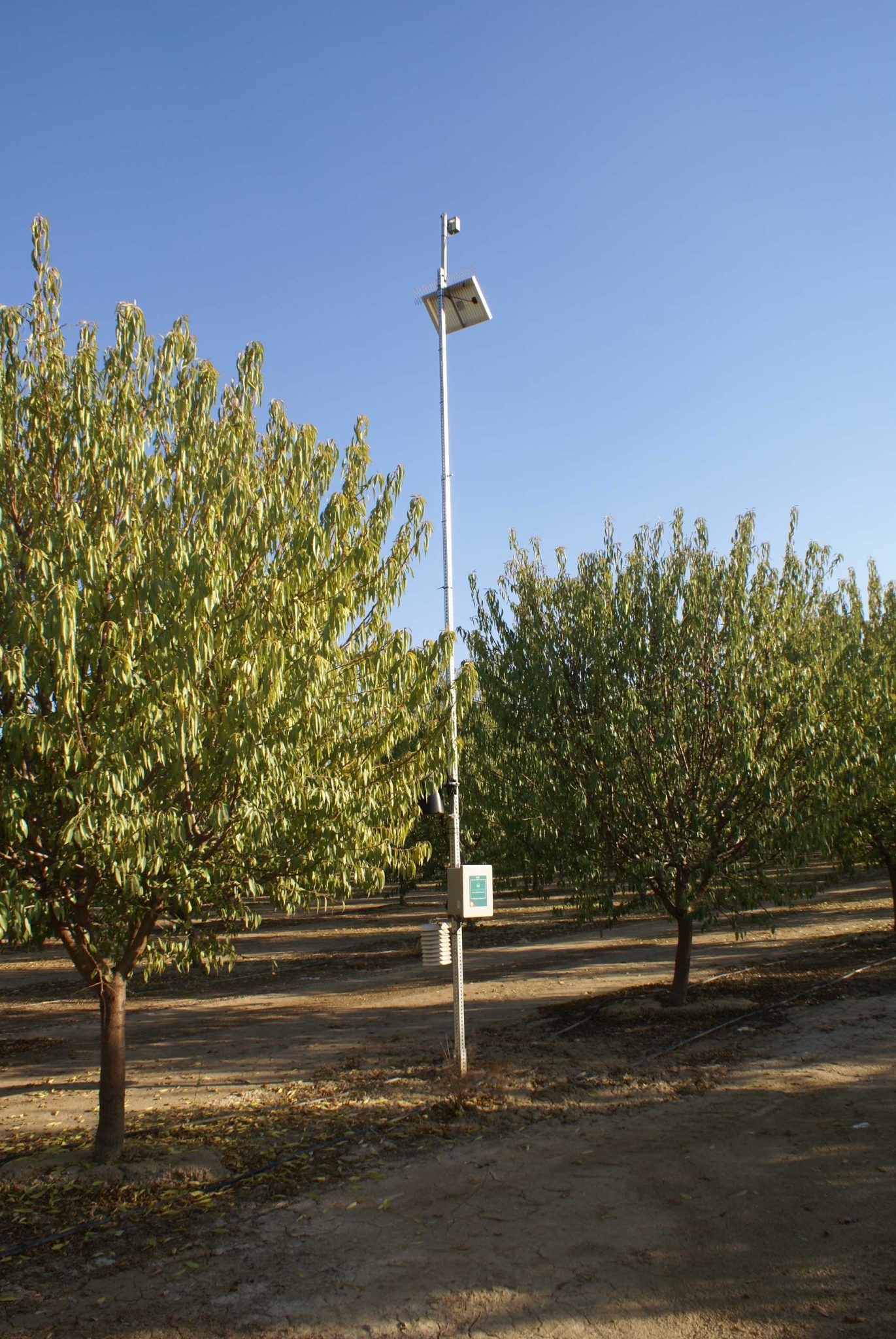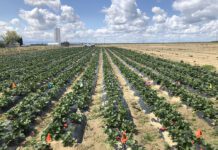
A well-thought-out plan for use of new technology and a clear understanding of your goals when adopting it can ensure a return on investment.
Seth Hansen, independent PCA/CCA and owner of Reliant Crop Services in Fresno,
said a grower should be guided by their valuation of their farming operation and a long- and short-term vision of what they intend to achieve.
“We have all been to meetings and trade shows and seen the latest and greatest in technology, but first you have to figure out what you need,” Hansen said. “Will this new technology take you where you want to be?”
A grower roadmap should take into consideration current challenges in their farming operation and challenges that are on the horizon. An objective look at financial considerations and the size of their operation is also important.
For example, Hansen said, the information on moisture sensors sounds great, but what if you have a good irrigator or agronomist and your irrigation efficiency is already dialed in? But, he said, if there is a problem with crop quality like kernel shrivel or your orchard is in the white zone of a groundwater sustainability agency, considering a sensor to improve irrigation might be a smart move.
Pat Biddy with Tulare-based Vanguard Ag said prospective buyers should ask themselves what is driving their decision to purchase new technology. If a decision to buy is made because of a sales pitch or the ‘cool’ factor of a product, buyer remorse may be in their future.

David Doll, ‘The Almond Doctor,’ said ag technology companies have focused on a variety of issues in tree nuts, including irrigation, pollination and aerial imagery. Some ideas have been great and evolved into successful companies. Other companies have failed to execute the idea or have overestimated the need for their product by the tree nut industry.
The top five most important questions a grower should ask before signing a contract to purchase new technology, as suggested by Hansen, Biddy and Doll are:
Do they give you action on an item or charts and squiggly lines?
A follow-up question would be: are these action items being directed by more than one type of sensor?
Biddy said that “when”, “where” and “how long” questions need to be answered by their software or service. If they cannot explain clearly to you, then move on. Make sure the question is answered by at least three different types of technology. Some companies only offer their sensor, Biddy said, and do not work well with others. It is in your best interest to choose a partner that is sensor-agnostic and to use the Almond Board’s Irrigation Improvement Continuum as a guideline. Make sure you have access to an agronomist to answer questions, he added.
Doll suggested asking for crop-specific research available to support the analysis used by the technology, including number of studies and where they were performed. Companies also need to communicate clearly about their products. The sales staff should be knowledgeable about the product and how it is applied to the field.
Ask yourself: Where are you today and where do you want to be in five years?
Biddy recommends choosing a business partner that meets your goals today as well as future needs. An example would be starting off with weather monitoring and moving to a long-term goal of full irrigation control. Make sure it can all be done on the same platform, he said. Staffing changes or additions may be necessary in your operation to meet goals. Biddy said it is important to have a champion of the technology on staff and have the financial ability to meet goals.

Can their hardware expand and adapt to the fast pace of technological advancement?
Biddy noted that technology changes fast and you want to make sure the product won’t become out of date. With new sensors, telemetry providers need to be able to connect with other sensors, not just their own. It is also important that they can connect to many different sensor types and are willing to implement new ones.
Is the partner able to adapt to changes out of their control? Biddy said that 3G cellular phaseout has a lot of companies scrambling to supply new modems or telemetry to their customers. He advised to make sure the that as 3G phases out, the only replacement needed will be the modem and not all the telemetry.
If a service tech must visit your telemetry station to update its firmware, you are using out of date equipment, Biddy said.
Do they have local support?
Find out if that is actually the case, Biddy said. Many companies claim they have local personnel, but determine what they mean by “local.” Without local service, support and sales, it can cost in service fees, support fees and down equipment.
The company must answer the question: Whom do I call to fix problems? Doll wrote. What is the typical maintenance schedule and life expectancy of the hardware, how frequently is the software updated and who is expected to perform the maintenance are follow-up questions.
Is the company financially stable enough to stand on its own?
Biddy said you are taking a huge risk by choosing a partner that cannot stand on its own. A lot of technology companies are venture capital financed or government funded. That can be okay, Biddy said, but you have to recognize the risks of dealing with a company that could lose financial backing and go out of business.
“Do your homework, don’t just take their word for it. Check out the company’s background.”
At UC Merced, there is ongoing research on grower decisions on adoption of new technology. UC Merced is part of a National Science Foundation grant program that established the Engineering Research Center for the Internet of Things for Precision Agriculture (IoT4Ag).
The program is focused on creating and translating into practice Internet of Things (IoT) technologies for precision agriculture as well as education and training a workforce.
Catherine Keske, professor in the UC Merced engineering department, and graduate students Christopher Bernal and Nicolaus Goncalves have been involved in a project where they interview tree nut growers about their decisions to adopt new ag technologies for use in their operations. Midwest schools in the NSF program are focused on row crop growers.
Not surprisingly, Keske said, tree nut growers’ number-one concern with new technology was profitability and return on investment.
“They want to know if adoption of new technology is worth the money. What will it mean to their bottom line?” Keske said.
Keske said the project is ongoing and the UC Merced team would like to find tree nut growers to participate.

Cecilia Parsons
Cecilia Parsons has lived in the Central Valley community of Ducor since 1976, covering agriculture for numerous agricultural publications over the years. She has found and nurtured many wonderful and helpful contacts in the ag community, including the UCCE advisors, allowing for news coverage that focuses on the basics of food production.
She is always on the search for new ag topics that can help growers and processors in the San Joaquin Valley improve their bottom line.
In her free time, Cecilia rides her horse, Holly in ranch versatility shows and raises registered Shetland sheep which she exhibits at county and state fairs during the summer.















